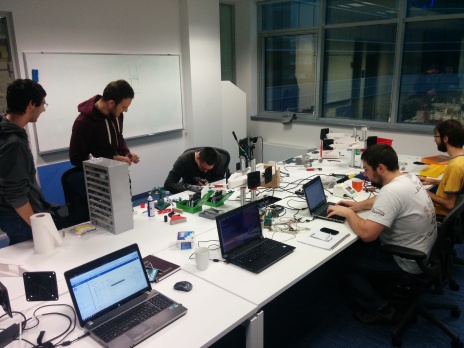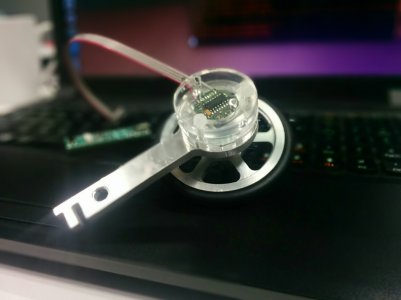Our own desktop factory
When you annually participate in a robotics competition which every year has a new set of rules, you need a lot of new parts each season. Often, the parts are essentially different so mechanical engineers need to pass the whole process starting with an idea, over a prototype to a functional, working mechanism. The first time we competed at the Eurobot competition most of the mechanisms were made without a prototype version. At the time, our team had only one mechanical engineer so everything that satisfied a minimal functionality was accepted because there were piles of unfinished work. Also, the manufacturing was not always affordable.
Last year we decided to make all the parts in a 3D printing technology using ABS plastic. We had a Makerbot Replicator 2X available, a larger team of mechanical engineers and a motto: “Guys, every idea goes to printing so we can try it out asap”. This created a fair amount of time that could be used for idea development which would instead have been used for purchasing scotch tape, cutting some planks, paintworks, etc… Literally, we had our own factory which produced everything our team thought of. Around three months after the first use of the printer, we had two of our robots autonomously moving across the playing field.
Aside from the fast road from an idea to a functional part, the printing technology made the whole process a lot more fun. The quality of the printed parts was high enough that we decided to print almost all of the mechanisms, even the housing in the final phase, using ABS plastic.
The rules for the new competition season are out and we are looking forward to new challenges and problems to be solved, completely relaxed, because we have a Makerbot Replicator 2X which finishes a great amount of work for our team. This year we are expecting an early start and with that, more implemented ideas from our mechanics. 🙂









